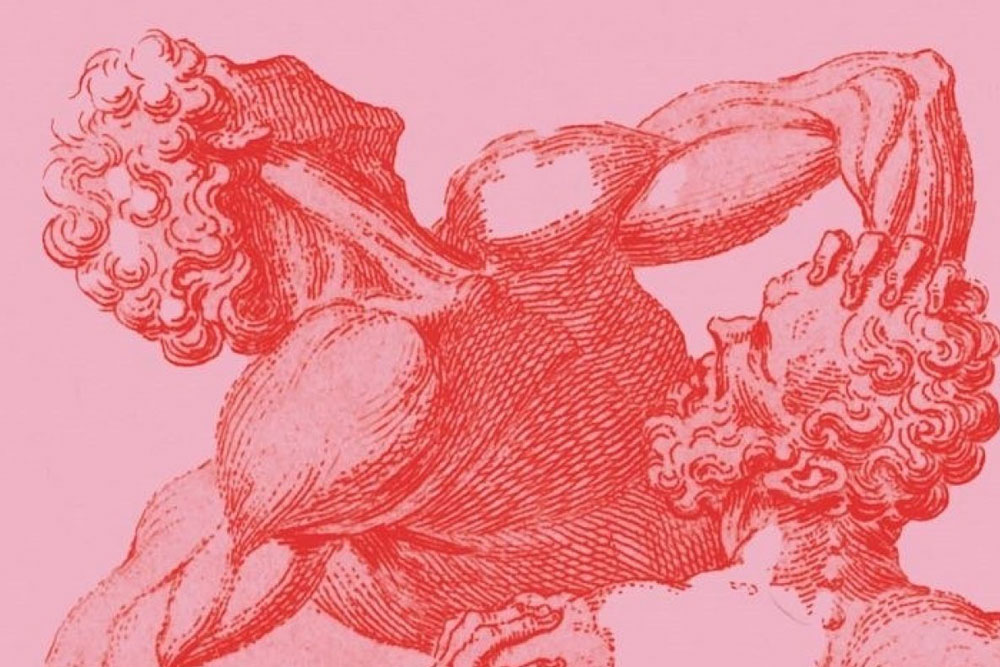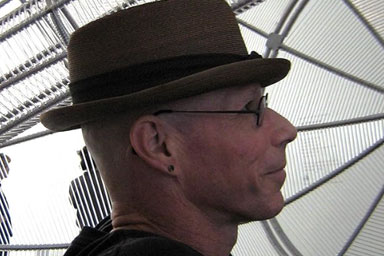Penis Panic! Michael Sappol talks about his new book Queer Anatomies: Aesthetics and Desire in the Anatomical Image, 1700-1900 (Bloomsbury, 2024)

CHASE was honoured to host historian Michael Sappol for this fascinating talk in March 2025.
 Michael Sappol, the historian of visual culture and performance of medicine and science, and long-time historian in residence and exhibition curator at the US National Library of Medicine, visited the University of Liverpool on the 3rd of March to promote his latest book Queer Anatomies. In this book, Sappol explores and analyses the homoeroticism of historic anatomical drawings and the societal policing of what could and could not be exposed to medical and wider audiences in visual representations of the naked male body.
Michael Sappol, the historian of visual culture and performance of medicine and science, and long-time historian in residence and exhibition curator at the US National Library of Medicine, visited the University of Liverpool on the 3rd of March to promote his latest book Queer Anatomies. In this book, Sappol explores and analyses the homoeroticism of historic anatomical drawings and the societal policing of what could and could not be exposed to medical and wider audiences in visual representations of the naked male body.
Sappol’s talk managed to bring together a group of people that transcended the usual North-South campus divide at the University, along with visitors from the LJMU School of Art. Faculty members from the Schools of Biosciences and Histories, Languages, and Cultures, queer young people, and graduate students all gathered under one roof, listening to Sappol wittily and engagingly divulge his ongoing interests in the visual culture of medicine and its connections to queer theory.
This topic connected people across disciplines and experiences, who otherwise might typically not have anything in common. I feel myself and my girlfriend, who attended the talk with me, fit this cliché as a History and Politics student and a medic. As an unlikely pair, united by our interest of all things queer, we both found value in the talk, enriching our shared interest of the history of medicine.
Sappol used an extensive range of powerful visuals in the PowerPoint slides accompanying the talk. When the first drawing of genitalia projected into the room, you could feel a small glimmer of discomfort in the audience. It felt jarring viewing illustrations meant to teach anatomy as objects of sexual desire and sparked questions about the sexualised body in a medical setting. Even today, there are patient concerns about undressing for doctors and medical examinations. Sappol’s research confirms that the lines between the naked human frame seen as an anatomical object versus sexual body continually blur throughout history.
Anatomical drawings as expressions of queer sexual desire
Sappol’s research offers a new angle that analyses how the portrayal of the body in anatomical drawings also became an outlet for the expression of queer sexual desire. Sappol, for example, displayed an image of anatomical drawing of a groin which would not be inherently sexual were it not for a sensually placed hand on the upper thigh. This hand added nothing of educational value to the image and placed there by the artist purely for aesthetics. Sappol even went as far as to suggest that the hand is teasing the viewer. Even the thought that an artist had taken the time in each delicate pencil mark to illustrate the intimate area of another man felt quite queer.
Sappol also investigated how the possession of these images contributed to their queerness. He displayed an image of a book with a giant brass lock which contained the explicit anatomical illustrations of Joseph Maclise, hidden away, indeed closeted, as if they were a guilty pleasure. The way Sappol explored the juxtaposition between these illustrations, as objects of perverse desire, and the men who possessed and studied them, men of science and medicine, was really enlightening.
The lingering question for me after Sappol’s talk ended was why are images of the body eliciting natural feelings of sexual desire considered queer? Sappol addressed the question of whether queer was the right term to use for his research and concluded by stating that queer belongs to everybody. Sappol uses queer theory and queerness to help us understand the moral panic surrounding the representation of genitalia and the taboo nature of the pleasure found in these images in a way which casts a unique light on how we view the developments in the history of anatomy and medicine.
Elinor Jenkins
Undergraduate History and Politics